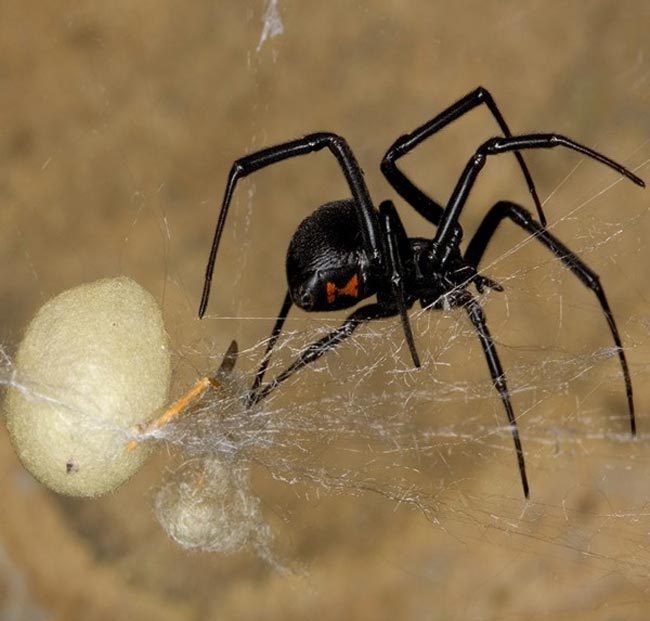
Scientists have uncovered the genetic sequence for one of the strongest silks that spiders produce, a discovery that could one day be used to make super spider-silk products for humans.
Not all spider silk are created equal. For example, spiders use dragline silk to create the scaffolding for their webs, but another type of silk, known as capture silk, is used to fill out the web. While dragline silk is strong, capture silk is more elastic and also sticky, making it better suited for trapping insects that stray too close.
In total, spiders produce approximately seven different types of silk, which they make using special silk glands. The silk threads are spooled out of the external parts of the glands, known as spinnerets. Spiders often have numerous pairs of spinnerets, which they use to produce different types of silk.
In addition to catching and storing food, spiders also use silk for movement and for reproduction.
One of the strongest and most durable types of spider silk is produced only by sexually mature females and is used to construct protective cocoons for their eggs.
"The protein of the egg-case fibers has a different function altogether from that of the other silks," said Jessica Garb, a postdoctoral researcher and a co-author on the study.
"Egg-case silk has to last a long time and therefore must be durable under a wide variety of conditions, from freezing to very high temperatures. It needs to be strong enough to protect the eggs from threats such as predators, parasites and molds," Garb said.
Sign up for the Live Science daily newsletter now
Get the world’s most fascinating discoveries delivered straight to your inbox.
These properties could also make it ideally suited for human purposes.
"Collectively, spider silks are some of the toughest natural fibers known," said Cheryl Hayashi, an assistant biology professor at the University of California, Riverside.? "Imagine a fabric made from such a substance? It would be incredibly strong, flexible and ultimately, biodegradable."
In addition to body armor, researchers are also working to develop spider-silk rope and spider-silk micro-sutures for use in surgery.
Using molecular biology lab techniques, Hayashi and Garb uncovered the sequence of molecules called amino acids for a major protein component in egg case silk known as Tusp1. Their finding is important because mechanical properties like the strength, elasticity and durability of a silk is determined by its amino acid sequence, and scientists have been successful in discovering only a handful of such sequences.
The researcher's findings are detailed in the August 1 issue of the journal for the Proceedings of the National Academy of Sciences.










